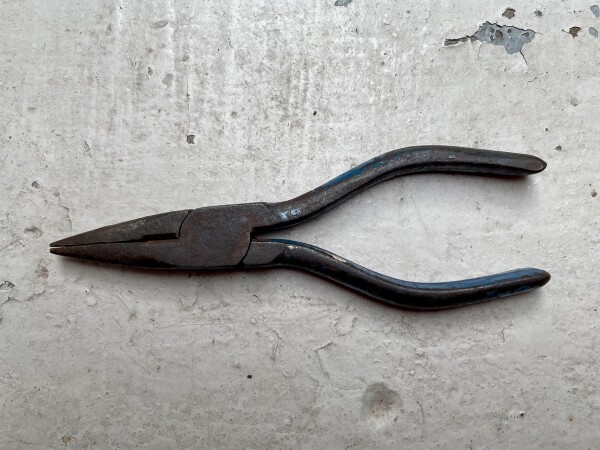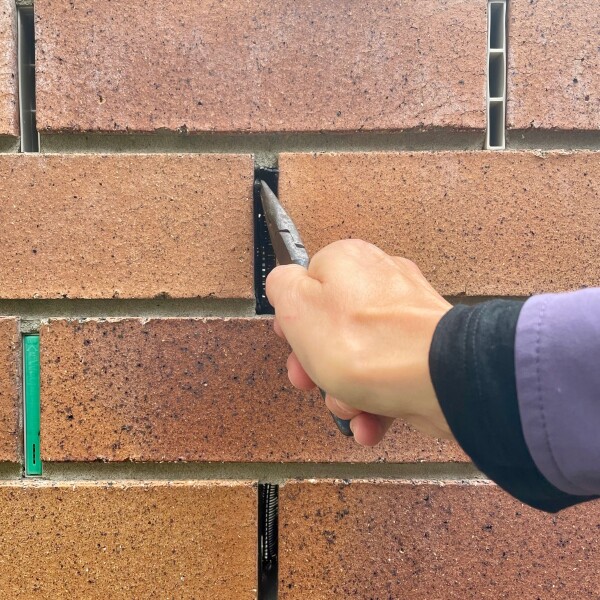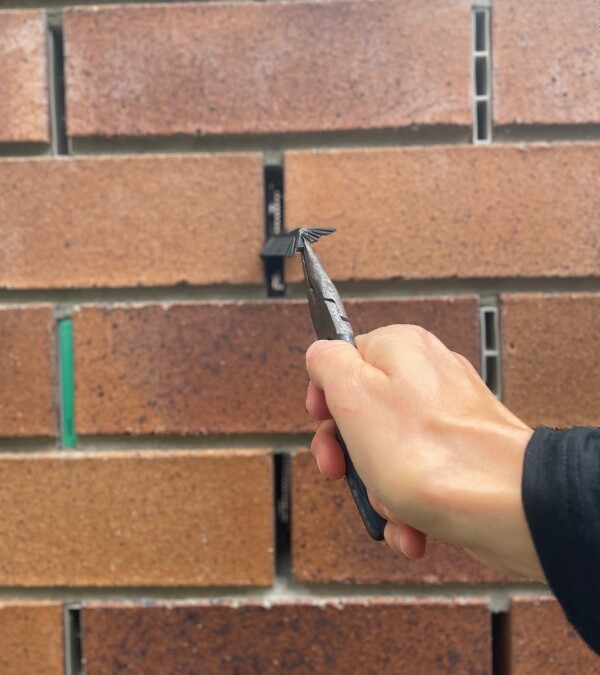- Home
- FAQ
Frequently Asked Questions
Weep holes serve two important purposes.
1. Ventilation of the internal wall cavity - Without ventilation, mildew, dry rot and damp reduce the life of the internal wall studs and other building materials within the cavity. Inadequate ventilation is the main cause of "Leaky Building Syndrome".
2. Drainage - Water that enters the cavity due to capillary action, condensation, damage, or accidental flooding needs to escape somewhere. In tropical and sub-tropical areas of Australia it is not unusual to see water flowing from the weep holes on the prevailing side of well constructed houses after a 'gully raker' or monsoonal storm.
The NCC (2022) Australian National Construction Code provides direction on basic weephole requirements such as size, spacing and location of weepholes for drainage and ventilation in the construction of masonry buildings. This can change depending on requirements such as building classification and bushfire prone area requirements (see Bushfire Compliance in Detail).
However, your architect or building designer will specify weepholes according to the needs of your particular project. In addition, your Building Certifier will be able to provide specific guidance. We recommend that when designing for damper climates and air-conditioned buildings closer spacings should be used. This gives greater airflow to dry cavities.
Yes. Without weep holes your home is at risk of Leaky Building Syndrome. You should get professional advice without delay.
To answer simply, No. Independent testing by Dr Daniel James at Griffith University showed that Weepas cause "no significant restriction of the airflow under typical, normal and extreme operating conditions".
Be sure to remove the mortar guards after installation. We've witnessed a number of building where the mortar guard has not been removed after the job is complete. This is likely to restrict airflow.
If you have already built without one of our Weephole formers it is possible to use one of the products below. Both come with a simple tool for installation and comply with NCC:2019 for ventilation ensuring adequate airflow to the cavity. Be aware that there are other retrofit guards and materials on the market which essentially block the weep hole exposing creating the risk of Leaky Building Syndrome.
1. The patented Protector Weep Hole Screen can be inserted into an existing weep hole for vermin exclusion and bushfire protection. It complies with AS3959:2018 for all Bushfire Attack Levels and excludes a wide range of pests.
2. The patented Termite Protector Weep Hole Screen (available mid 2019) can be inserted into an existing weep hole to deter entry by termites via weepholes. Infused with bifenthrin, it is designed to be replaced every two years for ongoing protection.
Yes, we're so proud to have launched the new Termite Protector Weep Hole Screen. This little beauty is a patented retrofit device, infused with bifenthrin, designed to deter entry by termites via weepholes for two years, while complying with NCC (2022) for ventilation.
The Termite Protector is the outcome of many years research and development. It's been prompted by a constant stream of enquiries into the Weepa office mainly about whether the High Performance Bushfire Weepa, with it's fine stainless steel mesh with aperture of 0.415, could exclude termites.
Our answer has always been that no weep hole cover or guard, plastic or metal, can protect your house against termites as there are inevitably tiny cracks in the mortar around the bricks which are large enough for these determined creatures. It's always been a concern to us that there are other products and materials on the market promoted as termite barriers for weep holes sometimes made entirely of plastic, which is a favourite food of many termites.
So, the new Termite Protector Weep Hole Screen is ground breaking. However, we'll always recommend that you also continue to use the usual termite prevention procedures, get regular professional inspections and keep vegetable matter and timber away from brick walls so the weep holes are not bridged.
No, as long as the flashing in your wall has been properly installed this is not possible. The only exception is where a poorly designed pathway, concrete slab or garden has been constructed next to the wall. In this case storm water can dam up above the level of the flashing and flow in through the weep holes.
There are many possible causes for damp and moisture problems in walls including:
- Poorly installed waterproofing and flashing.
- Faulty roof installation or corrosion.
- Faulty plumbing.
- Unintended conduits from the outer skin to the interior such as incorrectly installed brick ties or incorrectly drained air conditioning units.
Under no circumstances should you block the weep holes as whatever the problem is this will make it worse, possibly much worse. You can also find information about independent research on whether extreme weather can cause rain to blow into weep holes and up through the wall cavity.
Fine stainless steel mesh screens the weep hole 15mm inside the cavity. The secret is the plastic grate that you see at the front of the High Performance Bushfire Weepa. Under extreme heat attack it resists melting and chars like burnt toast. This fixes the stainless steel mesh screen in place protecting the cavity against ember attack. The High Performance Bushfire Weepa has been tested in accordance with AS1530.8.1:2018 to meet these standards. More detail.
1. Grab a tool. Pointy nose pliers work best. If you do not have these, try a household object like tweezers, a BBQ skewer or a pen.

2. Pinch the Termite Protector's fringe with the pliers.

3. Pull the Termite Protector Weep Hole Screen out of the weep hole.

4. All done! Move on to the next.
Click on the link to check out our helpful guide on installing Protector Weep Hole Screens in existing weep holes that are too short or too narrow: